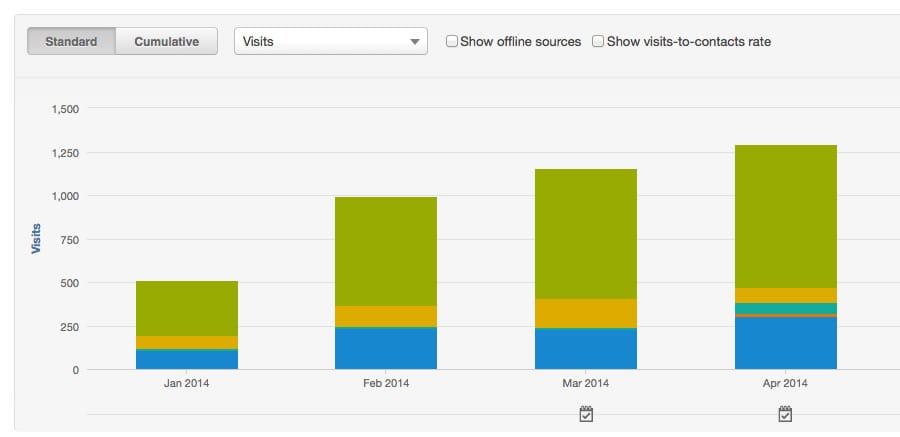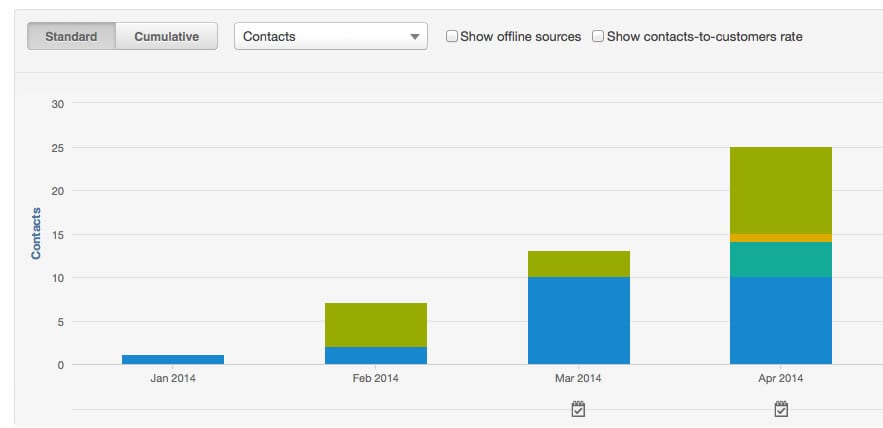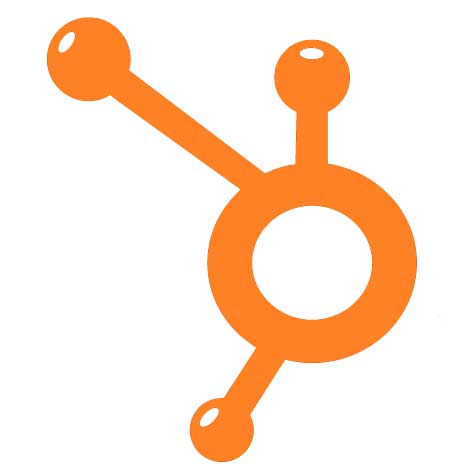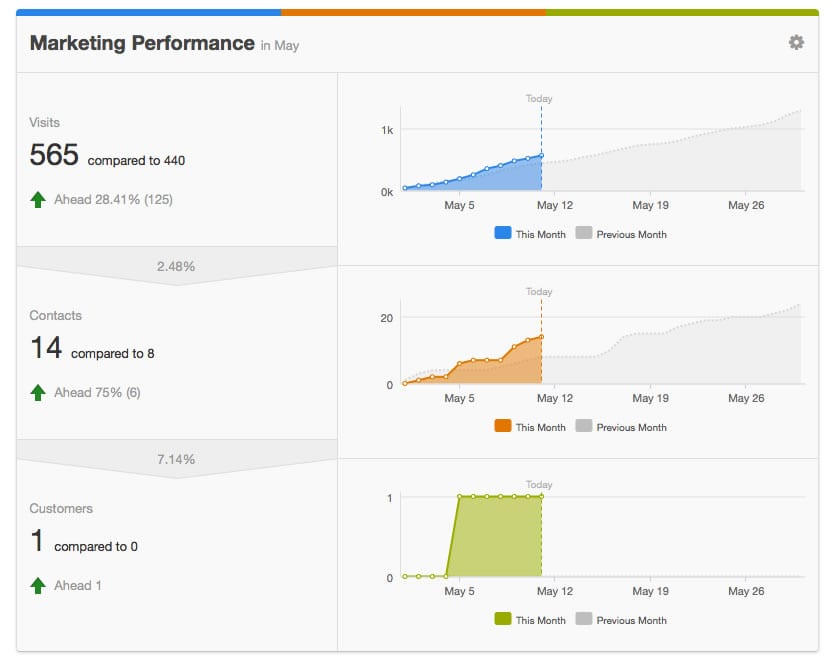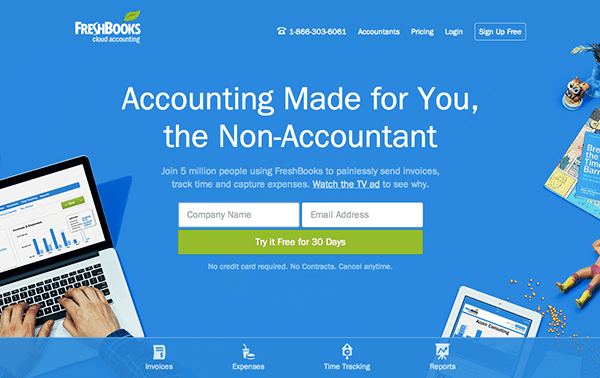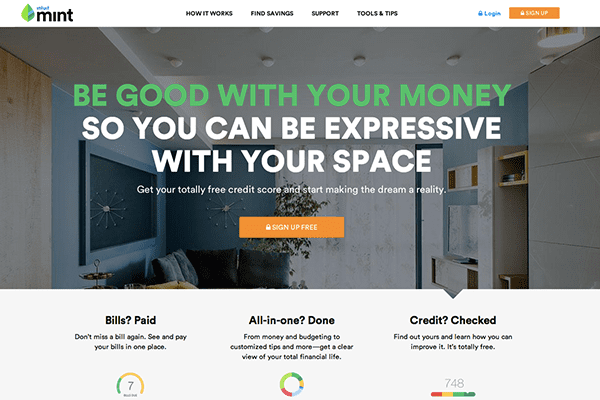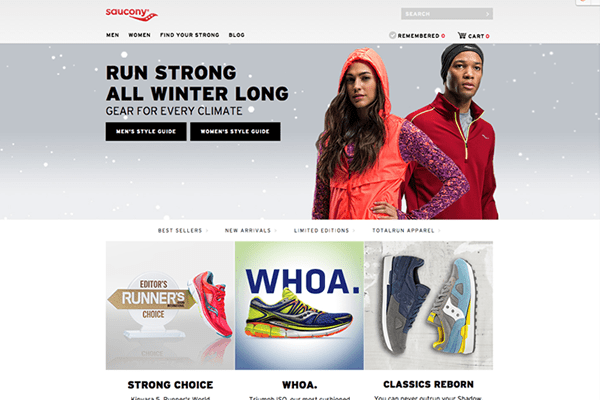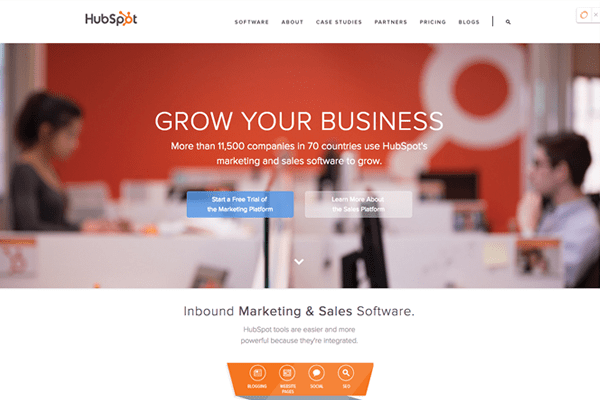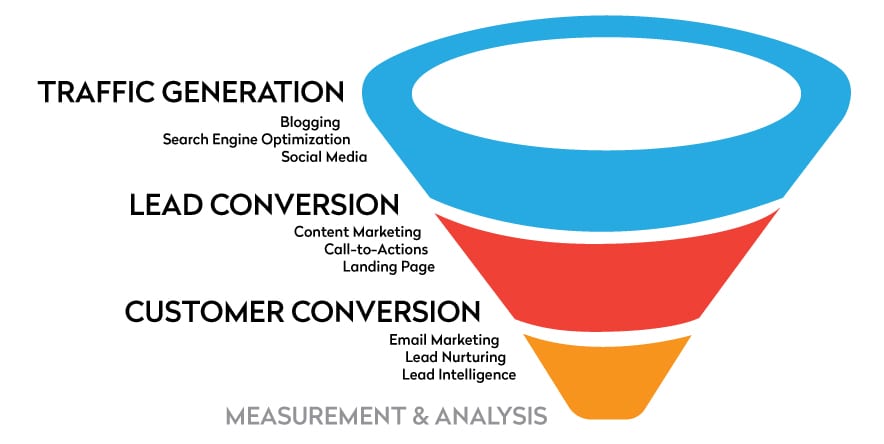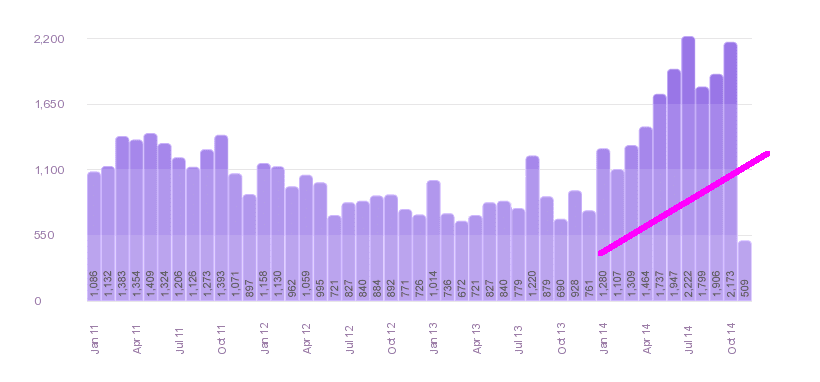
[dropcap]I [/dropcap]was fortunate to attend The NRA Annual Meetings and Exhibits in Nashville, Tennessee on Friday. I started in on the exhibits at 10 AM which only gave me 4 hours to hit my goal of hitting all of the 550 exhibits over 9 acres before my first round of meetings starting at 2 PM.
Being at the show was an amazing experience. It was good to be among the thousands of people who share the same values as I do for shooting, patriotism and the 2nd amendment.
If you’re a business owner or are responsible for marketing or sales for a hunting, outdoor or firearms company, here are 6 takeaways from a marketer’s point of view if you weren’t able to attend NRA 2015.
1. Brand aesthetics
The first thing that struck me once I entered the exhibit hall and started down the 9 acres of trade show booths, stands, signage, pop-up displays, guns and gear, was the amount of time, attention and refinement that had gone into the exhibits. Most of the larger exhibits were mobile storefronts. DPMS pulled in an entire tractor-trailer that served as a basic store on wheels. Trijicon’s booth was at least two stories high. These large-scale booths that can cost upwards to a million dollars, added real value to the show.
Marketing Takeaway: There are over 5,500 trade shows a year in the firearms industry. To compete effectively, an investment in graphic design and environmental experience is a must. From photography to apparel—your ability to capture the imagination of your customers and present a professional image should be a top priority.

Battle Arms Development – NRA15
There are a few exceptions. If your product is unique but has to work within a lower budget—a simple booth design can work just as good. The important thing is to create a professional, credible brand image and boost the experience of your products unique features.
2. The industry is growing
With 78,000+ attendees, rest assured the industry is strong. According to a recent study by Hoovers, the firearms industry is expected to grow 3% over the next three years due to the following trends:
- Target Shooting Growing More Popular
- Participation by Women
- Investments in Gun Safety
- 3D Printing
With an increased interest in home defense and personal safety— fueled largely by anti-gun legislation attempts, anti-gun groups, and oversea conflicts—the largest sales are coming from the handgun and concealed carry segments. Younger buyers are attracted to Modern Sporting Rifles, which is also driving new products and new product development.
Marketing Takeaway: Manufacturers and industries associated with the Firearms industry should have a positive outlook and move forward accordingly with plans that involve growth because all trends are pointing up.
3. Technology & product design is evolving
A large part of the industry seems to be focusing on concealed carry and suppression. It seemed that a lot of the stage talks, break-out sessions and latest gear were directed towards personal defense.
There were also plenty of new sleek and modernized gun designs that appealed to hunters, especially Beretta and Benelli.
The Benelli 8828U and Ethos shotgun looks even better up close. Its sleek design, fluid lines and materials represent the latest in gun design.
Beretta’s shotguns and Black Rain Ordinance’s 300 Blackout also caught my attention.
Marketing Takeaway: Technology and product design is evolving. As the industry looks to attract younger customer segments, greater attention to modern design, materials, patterns, colors, personalization and technology are being applied.
4. Fragmented customer segments
Once you enter the hall, you are surrounded by thousands of people of all ages. There is an exciting energy and vibe. The people that I had an opportunity to meet and talk with were genuine, helpful and interested in what I had to say. People were extremely polite despite the crowded environment.
Marketing Takeaway: Focus on your customers or what is called your buyer personas. Know exactly who your customers are and why your product will appeal to them. Although the customer base of the Firearms industry share common beliefs and values, it is comprised of many different customer segments. I saw a 40-year old dad looking for a way to protect his home and a retired special ops looking to impress his buddies—both looking at the same gun. Knowing your customer should be at the top of your list at all times, which brings me to my next point.
5. Differentiation and brand experience
Amongst the sea of people, towering booths, music, sights and sounds it can be hard to stand out, especially if you are not a brand like Colt, Sig Saurer, Daniels Defense or Remington. The strongest booths were the ones who utilized a strong branding system were colors, type, imagery and materials worked together to form an experience and impression to make their prospects or customers feel something. For example, when I walked into Kimber’s exhibit, it felt like being in an upscale mountain ski chalet in contrast to Black Rain Ordinance, where it was like being in a special forces planning room.
The most successful booths were those in which you were able to experience what the brand was communicating.
Among other successful booths that weren’t so “experiential” was Mossberg, who had the Duck Dynasty clan, Tactical Tailor, which used custom photography from Straight 8 to capture their brand’s essence.
Marketing Takeaway: Invest in your brands experience and make sure that it is consistent across your packaging, website, content, ads and trade show booth. If you are unable to do what the larger brands do, use people to classify your target market in a setting in which your customer can envision themselves, e.g. Benelli’s perfect pheasant hunt.
6. Drive sales through internet/inbound marketing
It was nearly impossible to connect to the internet while in the exhibit hall. I wanted to follow the show’s hashtag: #NRAAM. What I found was that a large majority of the show’s participants weren’t tweeting and the exhibitors weren’t either. I wish I would have received this one about Marcus Luttrell from Remington:
Head to the Remington Booth to see great American hero, Marcus Luttrell. #NRAAM #NRA2015
— Remington Arms (@RemingtonArms) April 10, 2015
I also noticed that many of the brands present did not drive attendees to their websites to track engagement, gain insight and benchmark responses for future shows. Glock was the one exception with their GlockLive streaming program.
Marketing Takeaway: Firearms companies can take advantage of digital/web marketing i.e. social media, mobile and content to drive traffic, sales and reach the next generation. Firearm and hunting companies who recognize that their customers are changing how they receive content will have an advantage over their competition. There were thousands following the event on social media who weren’t able to attend NRA. Brands who did not utilize their website and their social media channels may have missed out on opportunities to build their brand and generate additional sales.
My day ended with a long drive back home with a good stack of business cards, new friends and the feeling that the NRA knows what it’s doing. As a shooter and hunter, the heritage and freedom I love is in tact.
What were your top takeaways?









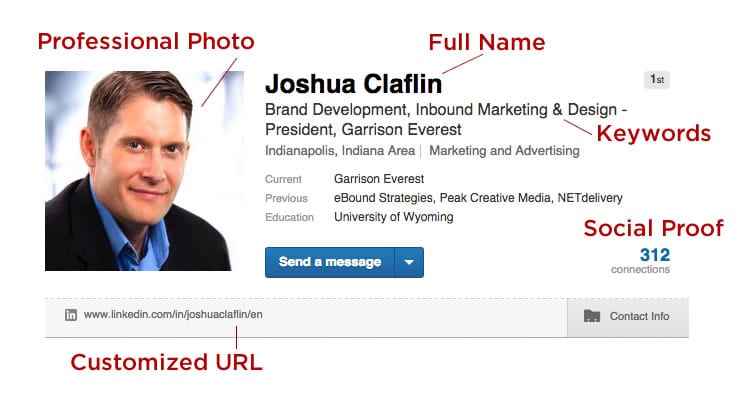
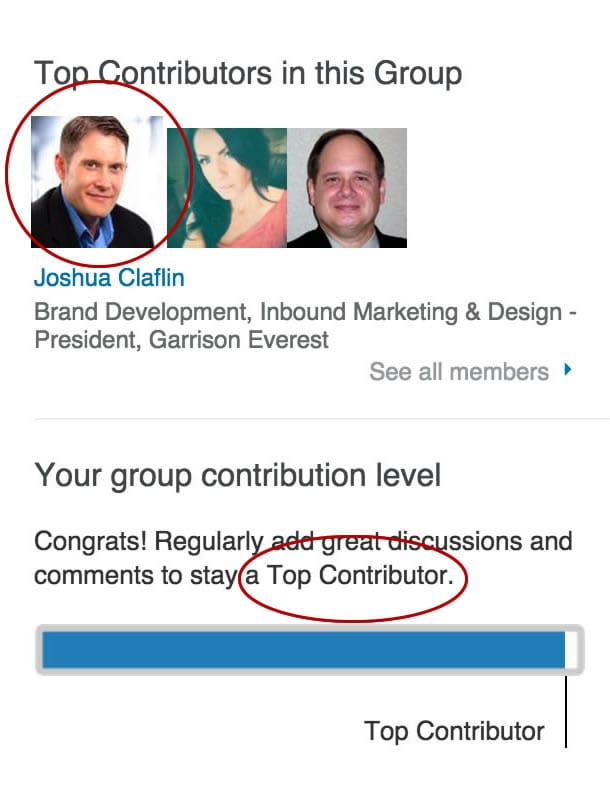







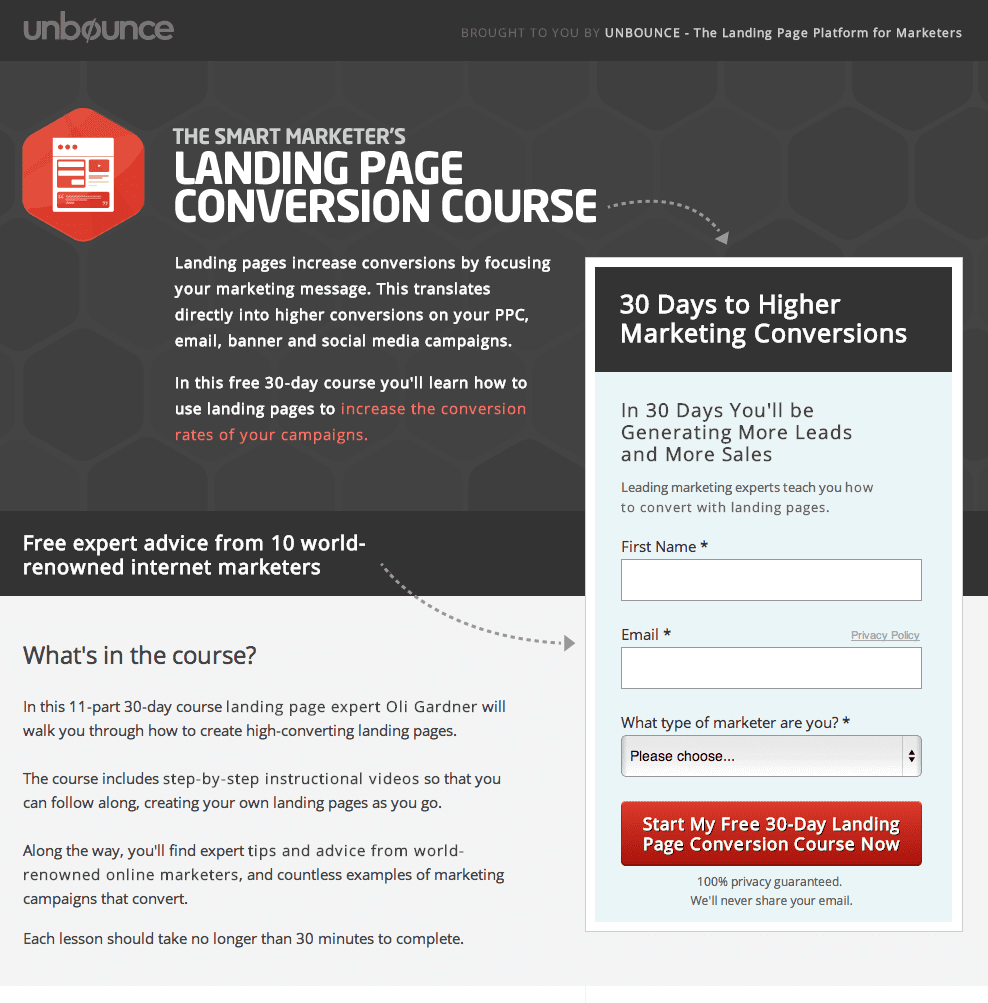
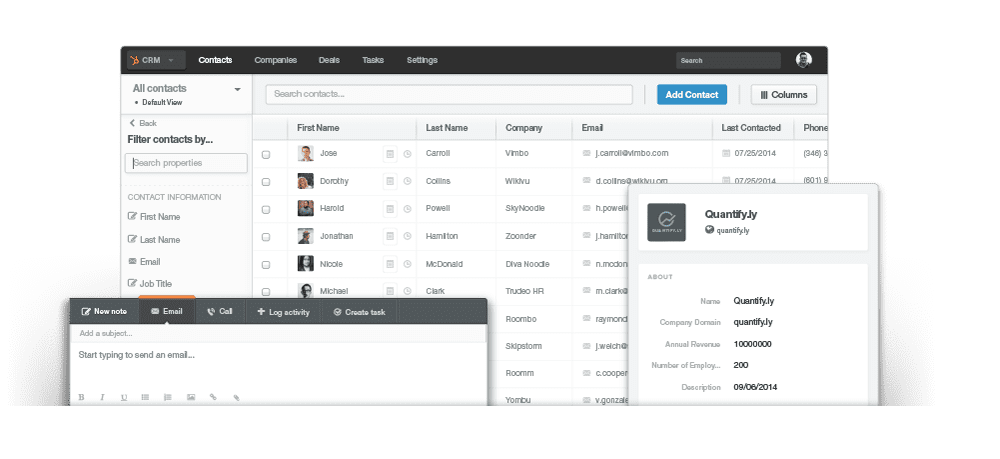


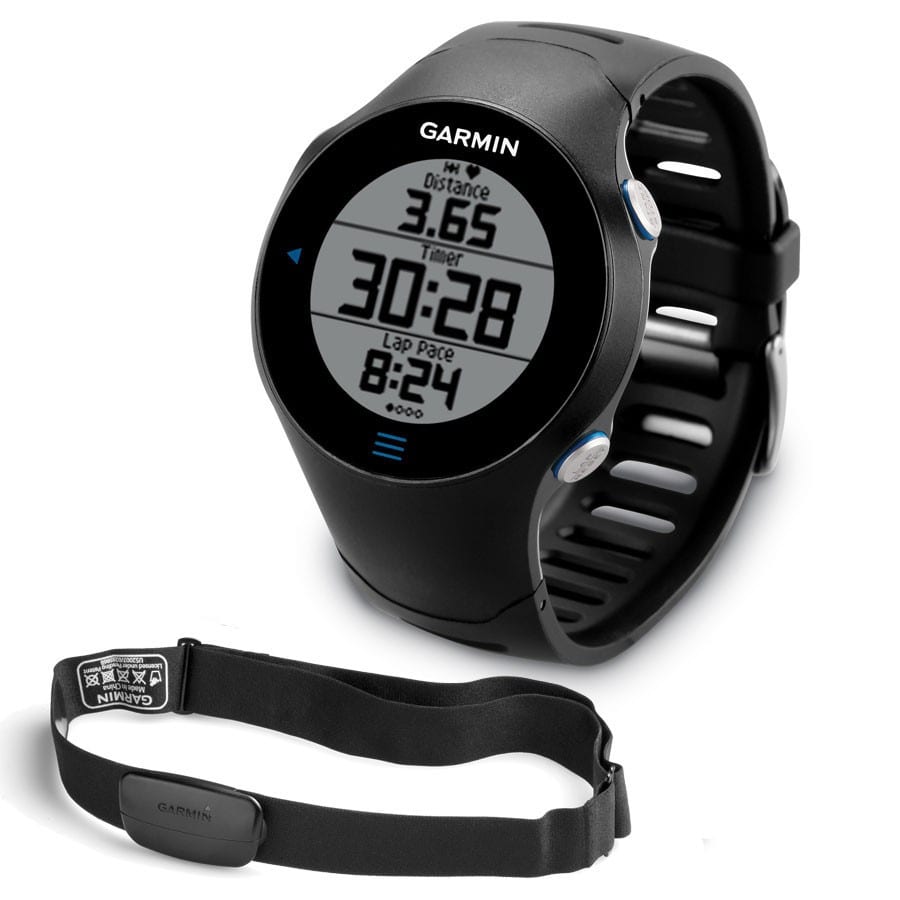
 The lesson here is, by investing in
The lesson here is, by investing in 
